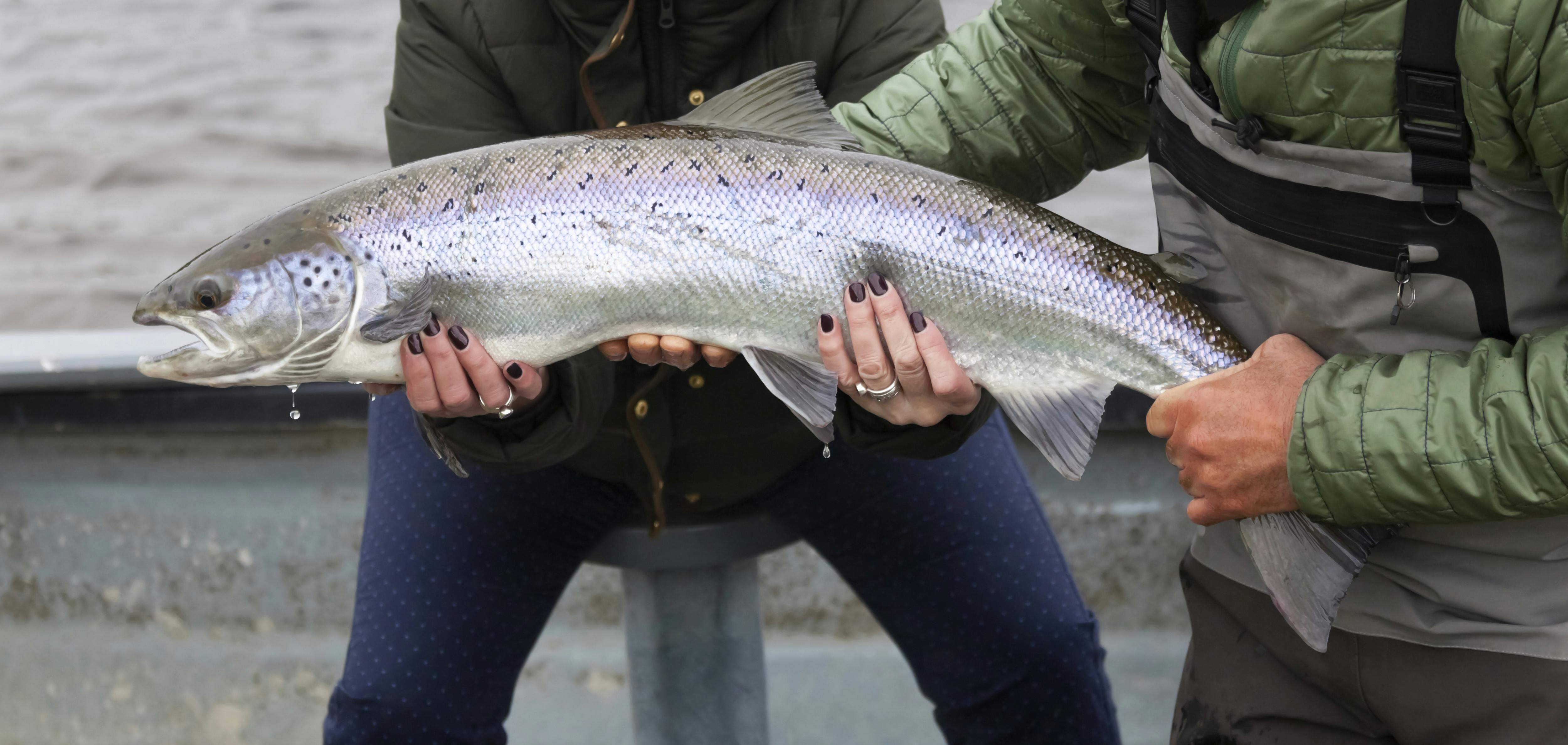Navigating Seasonal Stressors
In some salmon farming regions of the world, a lot of the focus is on ocean risks that are typical of the summer months, for example low dissolved oxygen or phytoplankton blooms. But farmers know that there are threats to salmon in the cold season as well.
For example, “winter ulcers” are lesions that affect farmed salmon and lead to downgrades in the quality of the fish and even mortality. The sores are thought to be caused by the bacterium Moritella viscosa, but fish are most vulnerable to the skin disease (and wounds are less likely to heal) when they are suffering from other stressors – like overcrowding or recent treatments such as mechanical delousing. So it’s critical to understand health as a whole, or what we call the “integrated stress” on a cohort, in order to gauge how likely it is that your fish will develop winter ulcers.
In the beginning of the winter season, managers are balancing the tradeoffs between harvesting early or keeping their fish in the water longer in the hopes of adding biomass. An added challenge is that keeping fish in the water as ocean temperatures get colder during winter months increases the risk of the fish developing and suffering from winter ulcers.
In regions prone to winter ulcers, SeaState can help farms make more data-driven decisions about when to harvest. With SeaState, farm managers have a suite of analytics describing the integrated stress on the fish as well as physics-based forecasts of ocean temperatures. Armed with the ability to evaluate both fish vulnerability and upcoming ocean risk across all sites, farms can go into the winter season feeling confident that they are going to have lower mortality, better fish welfare, and fewer downgrades.
